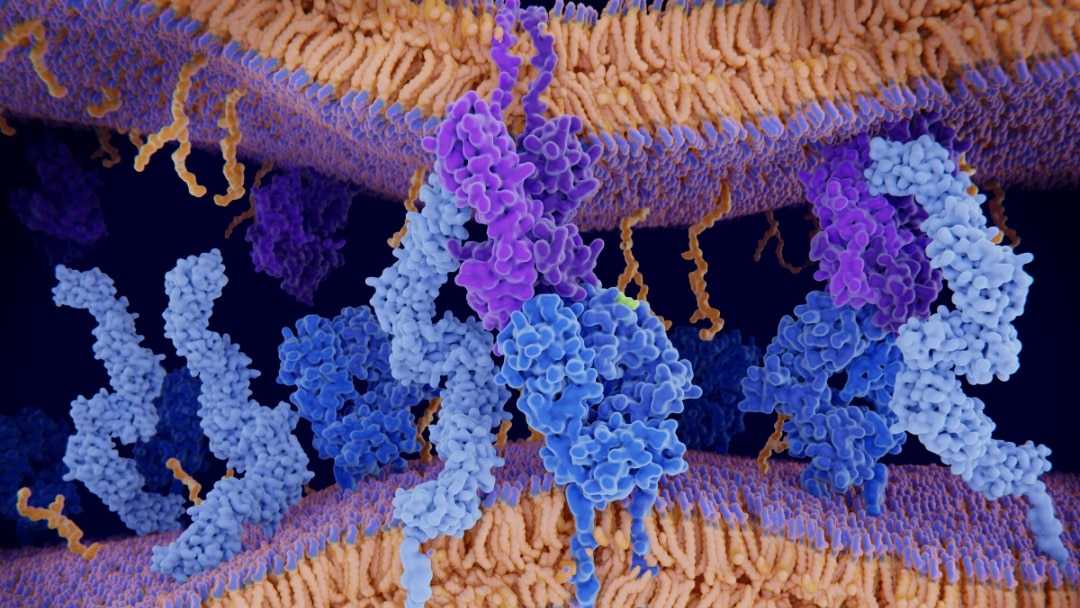In this blog post, William J. Walsh, PhD explains the connection between metallothionein and autism.
At the DAN! 2001 Conference in San Diego, I presented a model which assumes that metallothionein (MT) dysfunction is the primary cause of autism. My model is the culmination of 30 years of experience, focusing on applying the work of Dr. Carl Pfeiffer, a pioneer in using nutrient therapies for chemical imbalances found in behavioral disorders.
A Metallothionein Theory of Autism
While engaged in research at the Argonne National laboratory, I pursued a prison volunteer project that launched me into the middle of the autism epidemic. I have now applied my knowledge about what makes bad guys bad to what causes depression and autism.
In 1989, I established the Pfeiffer Treatment Center in Naperville, Illinois, where I am the Chief Scientist. In 2000, researchers there studied the results of approximately 100 separate chemical analyses of blood and urine tests from each of 503 patients diagnosed with autism, PDD and Asperger syndrome. Over 99% exhibited abnormal trace metal levels in their blood and urine.
Since metallothionein is the primary regulator of these metals, we concluded that an metallothionein disorder is a universal characteristic of autism.
Autism Onset
I propose that autism results from the intersection of two factors: an inborn weakness and an environmental insult. A constitutional vulnerability brings with it tenuous metallothionein support for neuronal development, and hypersensitivities to toxic metals, infections and viruses.
Insults during gestation, infancy or early childhood, from thimerosal (a mercury-containing preservative), a virus or an infection, for example, can disable the weak MT protein system, and provoke the onset of autism. Gestational insults will most likely result in severe autism that is evident at birth.
Insults after birth lead to regressive autism, its severity depending upon the developmental stage and degree of insult. After age three, because the brain has matured, insults may result in speech language delays or attention deficits, rather than autism.
What Are Metallothionein Proteins?
Metallothionein proteins are chains of amino acids present in cells of the brain, skin and GI tract. They assist in:
- Developing brain neurons
- Controlling copper and zinc levels
- Detoxifying heavy metals
- Supporting immune function
- Preventing yeast overgrowth
- Producing enzymes to break down gluten and casein
- Improving memory and socialization
Consequences of Metallothionein Dysfunction
Heavy-Metal Toxicity
Metallothionein is the body’s primary protection against heavy metals, a magnet for mercury, lead and cadmium. Intestinal MT prevents absorption of ingested toxic metals. Once bound to MT, toxic metals become inactive. Without this MT barrier, they “leak” into the body.
Copper/Zinc Imbalances
Eighty-five percent of our sample showed significant copper overload and zinc depletion, when compared to healthy controls matched for age and gender. We found a statistical difference at a p<0.0001 level.
An imbalanced copper-zinc ratio impairs the hippocampus and amygdala, which monitor social-emotional function. There is thus a tendency for emotional meltdowns, attentional deficits and social isolation.
Gluten and Casein Sensitivities
Digestion of casein and gluten peptides depends on zinc-dependent enzymes. Severe zinc depletion impedes the production of these enzymes. Thus a gluten-free, casein-free diet is necessary until metallothionein function can be restored.
Intestinal Problems
Metallothionein combats inflammation in the gut. Those with MT dysfunction experience Candida overgrowth and reduced production of stomach acid, along with impaired secretin signaling and incomplete food processing.
Correction of Metallothionein Dysfunction
I believe that the biochemical and physiological conditions resulting from metallothionein dysfunction are correctable. The Walsh Research Institute medical team is searching for the ideal combinations of nutrients to re-enable MT proteins. A two-phase treatment program must include removal of excess copper and toxic metals, followed by long-term maintenance using zinc therapy.
Many nutrients are effective in enhancing MT function, and digestive enzymes, probiotics, trace minerals and essential fatty acids are often helpful.
Find a healthcare professional who can make an appropriate prescription.
The result of enhanced MT function will be improved neuronal connections, protection against future toxic metal exposure and reduced gluten-casein sensitivity.
Prevention
For today’s children with autism, normalizing copper and zinc levels in blood and promoting MT function are essential components of therapy. The best hope for future autism prevention is the development of a metallothionein screening test and early infant screenings for MT proteins. I urge laboratories to develop appropriate tests and hospitals to make them mandatory.
Dr. Walsh’s findings are available in a monograph from the Walsh Research Institute at https://www.walshinstitute.org/
Still Looking for Answers?
Visit the Epidemic Answers Practitioner Directory to find a practitioner near you.
Join us inside our online membership community for parents, Healing Together, where you’ll find even more healing resources, expert guidance, and a community to support you every step of your child’s healing journey.




